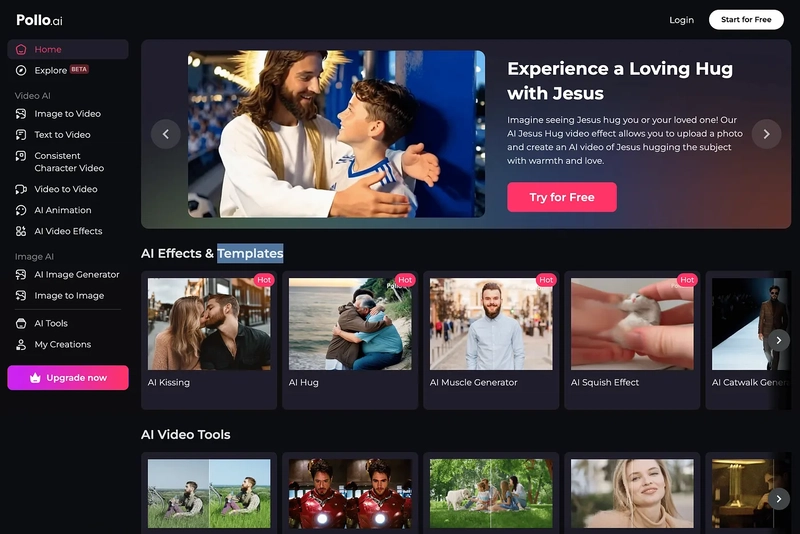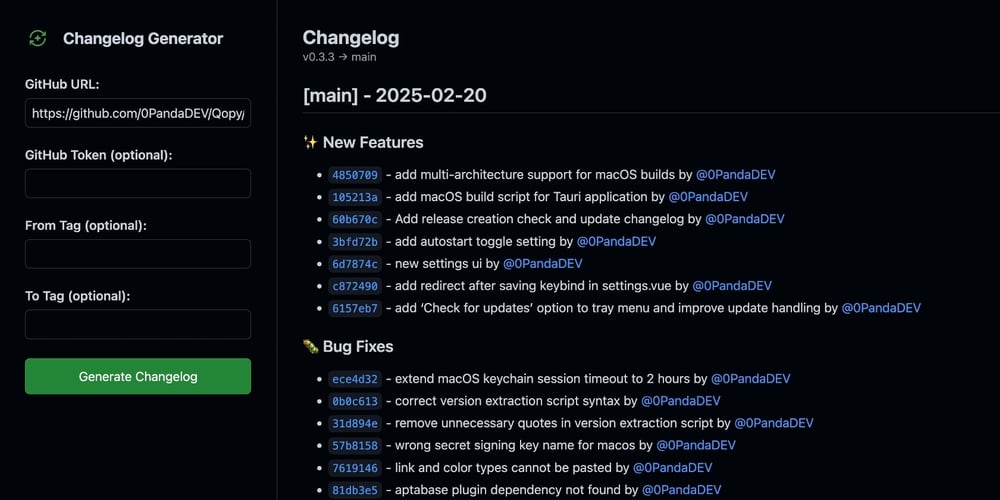Why We’re Moving from Slack and Teams to WhatsApp for Internal Communication
As CTO of DoozieSoft, I’ve formalized a decision many teams avoid admitting: We’re officially moving our internal team communication to WhatsApp. The rollout went live on April 2, 2025, and here’s the rationale — stripped of fluff and guided entirely by operational efficiency. Why the Switch? Despite Slack being in place, team members consistently ignored it. Ironically, we had to remind people on WhatsApp to check Slack. That was the tipping point. This split attention created: Duplicate communication Delayed responses Missed updates Zero accountability on message follow-through At this point, insisting on Slack would have been bureaucratic, not pragmatic. Why WhatsApp Works for Us 1. Full Team Adoption No onboarding, no resistance. Every employee — technical or non-technical — already uses WhatsApp daily. 2. Faster Response Time When something matters, people respond instantly on WhatsApp. Slack never reached that level of urgency or habit. 3. Reduced Platform Fatigue Switching tools to “stay professional” adds friction. WhatsApp removes that. One channel, fewer distractions. 4. Cultural Fit Clients use WhatsApp. Teams already used it informally. This decision simply brings order to an existing habit. How We’re Structuring WhatsApp Communication To prevent the usual chaos associated with informal channels, we’ve implemented a structured framework: Group Segregation with Purpose DSS - Dev → Development discussions only DSS - Bugs & QA → QA tracking, testing feedback DSS - DevOps → CI/CD, infra, environment issues DSS - Status → Daily standups and updates DSS - Announcements → Admin-only, official notices Group descriptions are updated. Non-project chatter is not allowed. WhatsApp Is for Communication, Not Task Management Redmine remains our single source of truth for: Task planning Assignments Progress tracking Execution audits All accountability loops are anchored in Redmine — not WhatsApp threads. Operational Discipline Use WhatsApp Web at work — reduce “on phone” perception Respect communication boundaries Use group threads purposefully — no noise, no memes, no multitool redundancy What This Isn’t This isn’t about glorifying WhatsApp or rejecting modern platforms. It’s about recognizing: Team behavior > Tool preference Consistency > Cool features Clarity > Convention What’s Next We’re observing the transition over the next few weeks. If friction rises or productivity drops, we’ll re-evaluate. If it works, we’ll document the system and share templates others can adopt. The goal is singular: Clear, responsive, structured internal communication. If WhatsApp enables that better than Slack or Teams, then it’s the right tool — for now.

As CTO of DoozieSoft, I’ve formalized a decision many teams avoid admitting: We’re officially moving our internal team communication to WhatsApp.
The rollout went live on April 2, 2025, and here’s the rationale — stripped of fluff and guided entirely by operational efficiency.
Why the Switch?
Despite Slack being in place, team members consistently ignored it. Ironically, we had to remind people on WhatsApp to check Slack. That was the tipping point.
This split attention created:
- Duplicate communication
- Delayed responses
- Missed updates
- Zero accountability on message follow-through
At this point, insisting on Slack would have been bureaucratic, not pragmatic.
Why WhatsApp Works for Us
1. Full Team Adoption
No onboarding, no resistance. Every employee — technical or non-technical — already uses WhatsApp daily.
2. Faster Response Time
When something matters, people respond instantly on WhatsApp. Slack never reached that level of urgency or habit.
3. Reduced Platform Fatigue
Switching tools to “stay professional” adds friction. WhatsApp removes that. One channel, fewer distractions.
4. Cultural Fit
Clients use WhatsApp. Teams already used it informally. This decision simply brings order to an existing habit.
How We’re Structuring WhatsApp Communication
To prevent the usual chaos associated with informal channels, we’ve implemented a structured framework:
Group Segregation with Purpose
-
DSS - Dev→ Development discussions only -
DSS - Bugs & QA→ QA tracking, testing feedback -
DSS - DevOps→ CI/CD, infra, environment issues -
DSS - Status→ Daily standups and updates -
DSS - Announcements→ Admin-only, official notices
Group descriptions are updated. Non-project chatter is not allowed.
WhatsApp Is for Communication, Not Task Management
Redmine remains our single source of truth for:
- Task planning
- Assignments
- Progress tracking
- Execution audits
All accountability loops are anchored in Redmine — not WhatsApp threads.
Operational Discipline
- Use WhatsApp Web at work — reduce “on phone” perception
- Respect communication boundaries
- Use group threads purposefully — no noise, no memes, no multitool redundancy
What This Isn’t
This isn’t about glorifying WhatsApp or rejecting modern platforms. It’s about recognizing:
- Team behavior > Tool preference
- Consistency > Cool features
- Clarity > Convention
What’s Next
We’re observing the transition over the next few weeks. If friction rises or productivity drops, we’ll re-evaluate. If it works, we’ll document the system and share templates others can adopt.
The goal is singular: Clear, responsive, structured internal communication.
If WhatsApp enables that better than Slack or Teams, then it’s the right tool — for now.













































































































































































![[The AI Show Episode 142]: ChatGPT’s New Image Generator, Studio Ghibli Craze and Backlash, Gemini 2.5, OpenAI Academy, 4o Updates, Vibe Marketing & xAI Acquires X](https://www.marketingaiinstitute.com/hubfs/ep%20142%20cover.png)































































































































![[DEALS] Microsoft Office Professional 2021 for Windows: Lifetime License (75% off) & Other Deals Up To 98% Off – Offers End Soon!](https://www.javacodegeeks.com/wp-content/uploads/2012/12/jcg-logo.jpg)













































































































































_Anthony_Brown_Alamy.jpg?#)
_Hanna_Kuprevich_Alamy.jpg?#)




.png?#)

























































































![Hands-on: We got to play Nintendo Switch 2 for nearly six hours yesterday [Video]](https://i0.wp.com/9to5toys.com/wp-content/uploads/sites/5/2025/04/Switch-FI-.jpg.jpg?resize=1200%2C628&ssl=1)
![Fitbit redesigns Water stats and logging on Android, iOS [U]](https://i0.wp.com/9to5google.com/wp-content/uploads/sites/4/2023/03/fitbit-logo-2.jpg?resize=1200%2C628&quality=82&strip=all&ssl=1)














![YouTube Announces New Creation Tools for Shorts [Video]](https://www.iclarified.com/images/news/96923/96923/96923-640.jpg)

![Apple Faces New Tariffs but Has Options to Soften the Blow [Kuo]](https://www.iclarified.com/images/news/96921/96921/96921-640.jpg)




































































































































